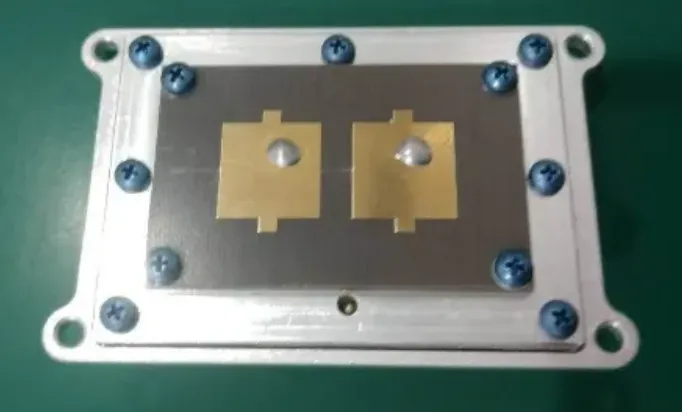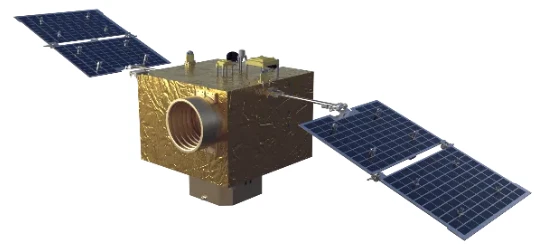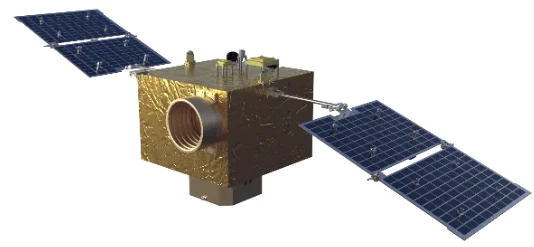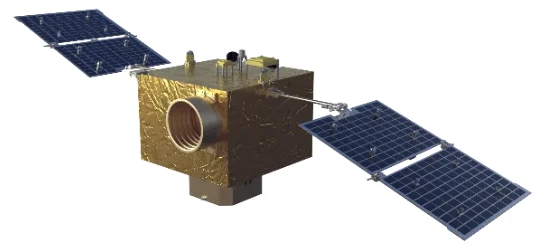
- ଆଫ୍ରିକୀୟ
- ଆଲବାନିଆନ୍
- ଆମହାରିକ୍
- ଆରବିକ
- ଆର୍ମେନିଆନ୍
- ଆଜେର୍ବାଇଜାନି
- ବାସ୍କ
- ବେଲାରୁଷିଆନ୍
- ବଙ୍ଗାଳୀ
- ବୋସନିଆନ୍
- ବୁଲଗେରିୟ
- କାଟାଲାନ୍
- ସେବୁଆନୋ
- ଚୀନ୍
- କୋରସିକାନ୍
- କ୍ରୋଏସୀୟ
- ଚେକ୍
- ଡାନିସ୍
- ଡଚ୍
- ଇଂରାଜୀ
- ଇସପେରାଣ୍ଟୋ
- ଏଷ୍ଟୋନିଆନ୍
- ଫିନିସ୍
- ଫରାସୀ
- ଫ୍ରିଜିଆନ୍
- ଗାଲିସିଆନ୍
- ଜର୍ଜିଆନ୍
- ଜର୍ମାନ
- ଗ୍ରୀକ୍
- ଗୁଜୁରାଟୀ
- ହାଇତିଆନ୍ କ୍ରେଓଲେ
- ହାଉସା
- ହାୱାଇଆନ୍
- ହିବ୍ରୁ
- ନା
- ମିଆଓ
- ହଙ୍ଗେରୀୟ
- ଆଇସଲାଣ୍ଡିକ୍
- ଇଗ୍ବୋ
- ଇଣ୍ଡୋନେସୀୟ
- ଆଇରିସ୍
- ଇଟାଲୀୟ
- ଜାପାନୀ
- ଜାଭାନିଜ୍
- କନ୍ନଡ
- କାଜାଖ
- ଖମେର୍
- ରୱାଣ୍ଡାନ୍
- କୋରୀୟ
- କୁର୍ଦିସ୍
- କିରଗେଜି
- ଶ୍ରମ
- ଲାଟିନ୍
- ଲାଟଭିଆନ୍
- ଲିଥୁଆନିଆନ୍
- ଲକ୍ସେମ୍ବୋର୍ଗୀୟ
- ମାସିଡୋନିୟ
- ମାଲାଗାସୀ
- ମାଲାୟ
- ମାଲାୟଲମ
- ମାଲଟିଜ୍
- ମାଓରି
- ମରାଠୀ
- ମଙ୍ଗୋଲିଆନ୍
- ମାୟାନ୍ମାର
- ନେପାଳୀ
- ନରୱେଜିଆନ୍
- ନରୱେଜିଆନ୍
- ଓକାଇଟାନ୍
- ପାସ୍ତୋ
- ପାର୍ସିୟ
- ପୋଲିସ୍
- ପର୍ତ୍ତୁଗୀଜ୍
- ପଞ୍ଜାବୀ
- ରୋମାନିୟ
- ଋଷୀୟ
- ସାମୋଆନ୍
- ସ୍କଟିସ୍ ଗାଏଲିକ୍
- ସର୍ବିଆନ୍
- ଇଂରାଜୀ
- ଶୋନା
- ସିନ୍ଧି
- ସିଂହଳ
- ସ୍ଲୋଭାକ୍
- ସ୍ଲୋଭେନିଆନ୍
- ସୋମାଲି
- ସ୍ପାନିସ୍
- ସୁଦାନିଜ୍
- ସ୍ୱାହିଲି
- ସ୍ୱିଡିସ୍
- ଟ୍ୟାଗଲଗ୍
- ତାଜିକ୍
- ତାମିଲ୍
- ତାତାର
- ତେଲୁଗୁ
- ଥାଇ
- ତୁର୍କିସ୍
- ତୁର୍କମେନା
- ୟୁକ୍ରାନିଆନ୍
- ଉର୍ଦ୍ଦୁ
- ଉଇଘୁର
- ଉଜବେକ୍
- ଭିଏତନାମିୟ
- ୱେଲସ୍
- ସାହାଯ୍ୟ
- ୟିଡିସ୍
- ୟୋରୁବା
- ଜୁଲୁ
Transmission Antenna: Exploring the Versatility of Microstrip Antennas for Modern Wireless Networks
In the realm of wireless communication, the transmission antenna serves as a fundamental element enabling the propagation of signals across diverse platforms. The advent of microstrip antennas has significantly influenced antenna technology by offering low-profile, lightweight, and cost-effective solutions. From tv transmission antennas to radio transmission antennas, these compact devices efficiently transmit and receive electromagnetic waves. The evolving designs, such as the 2.4 GHz microstrip antenna and broadband microstrip patch antenna, are tailored to meet the high data-rate demands of modern wireless networks, including Wi-Fi, Bluetooth, and other ISM band applications.

Microstrip Antenna Fundamentals and Their Role in Transmission
Microstrip antennas consist of a metallic patch printed on a dielectric substrate with a ground plane underneath. This simple yet effective configuration supports easy fabrication and integration with electronic circuits. The microstrip patch antenna is especially popular due to its ability to provide directional radiation patterns, making it suitable for targeted transmission antenna applications. Additionally, the design can be customized for specific frequencies such as 2.4 GHz, which is widely used in wireless communication standards. The adaptability and modularity of microstrip antennas make them indispensable components in both fixed and mobile communication systems.
Broadband and Aperture Coupled Designs for Enhanced Performance
Modern wireless systems require antennas capable of operating over wide frequency ranges. The broadband microstrip antenna and broadband microstrip patch antenna designs meet this requirement by employing innovative substrate materials and feed techniques to extend operational bandwidth. These antennas support stable performance even under varying environmental conditions, reducing signal distortion and improving communication reliability. Another advanced design, the aperture coupled microstrip antenna, separates the feed mechanism from the radiating patch through an aperture, enhancing isolation and reducing interference. This results in improved impedance matching and overall antenna efficiency, crucial for demanding applications such as high-definition tv transmission antennas and long-range radio transmission antennas.
Applications of 2.4 GHz Microstrip Antennas in Modern Wireless Technology
The 2.4 GHz microstrip antenna is ubiquitous in consumer electronics due to its resonance at the globally recognized ISM band. This frequency is vital for short-range wireless communication technologies such as Wi-Fi, Bluetooth, and ZigBee. Devices equipped with 2.4 GHz microstrip patch antennas benefit from compact size and effective radiation characteristics, enabling seamless connectivity in homes, offices, and industrial environments. Moreover, their planar nature facilitates easy integration into printed circuit boards, contributing to the miniaturization of wireless devices without compromising signal quality.
In conclusion, the diverse types of transmission antennas — including tv transmission antennas, radio transmission antennas, and various microstrip antennas such as broadband microstrip patch antennas and aperture coupled microstrip antennas — are critical to the development and success of modern wireless communication systems. Their continuous innovation ensures more reliable, efficient, and compact solutions suitable for the ever-expanding demands of wireless connectivity.











